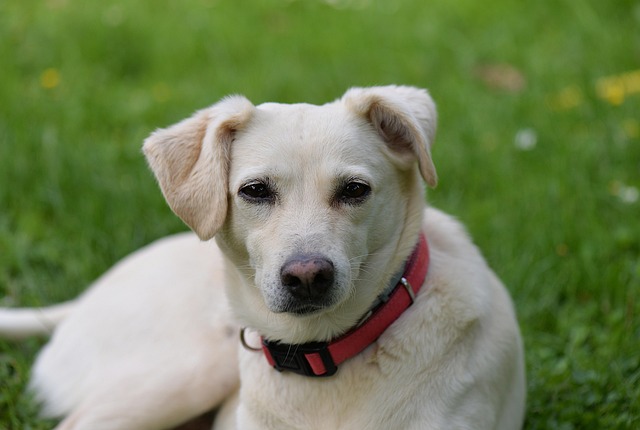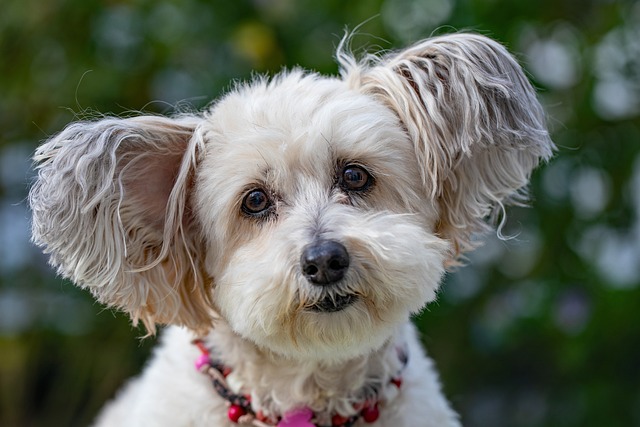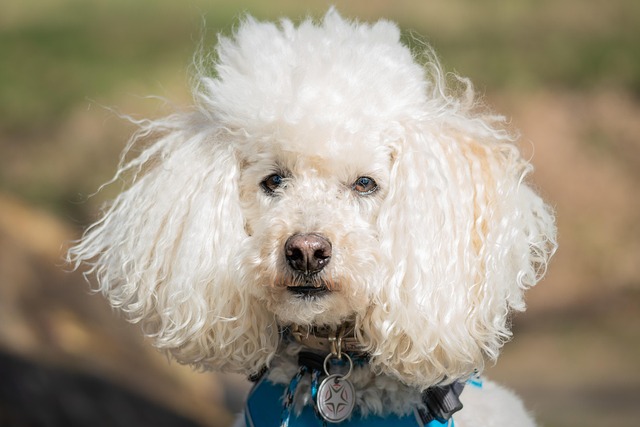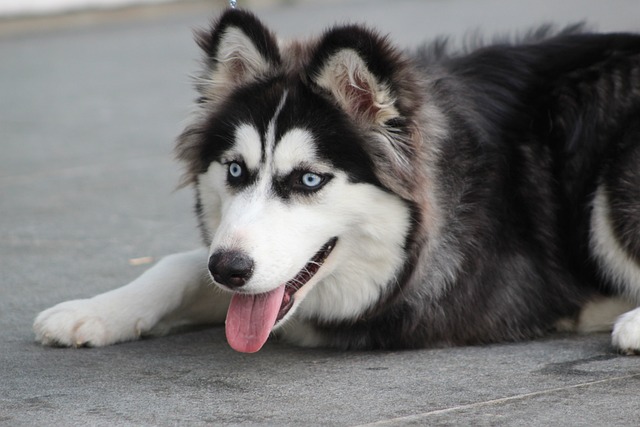
why does my dog jump on me from behind
It’s 7 a.m. in your Portland apartment, and you’re reaching for your coffee mug when suddenly, a warm body crashes into the back of your legs—your 10-month-old lab mix
It’s been three weeks since you brought home your 6-month-old rescue pup, Ruby—a scruffy terrier mix with a nose that never stops sniffing. You’ve been practicing “come” in the living room, and she trots over reliably for treats. But today, at the neighborhood park, a butterfly flutters by, and suddenly your “Ruby, come!” sounds like a whisper. She freezes, tail twitching, before darting after it, leaving you standing with an outstretched hand and a pocket full of kibble. “Will she ever get this?” you wonder, watching her disappear into the grass. If you’re a new dog owner, the question of how long it takes to teach recall weighs on every walk. The answer isn’t a strict number—it’s a mix of biology, consistency, and understanding that every dog learns at their own pace, with trust as the foundation.
How long recall training takes depends on three key factors: your dog’s age, distractions in their environment, and how strongly “come” is linked to good things. Puppies under 6 months often pick up basics faster—their brains are in a critical learning window, absorbing new associations quickly. A certified trainer in Seattle noted: “Most puppies can master indoor recall in 2–3 weeks with daily 5-minute sessions.” But adding distractions (like other dogs or squirrels) stretches that timeline—outdoor recall might take 2–3 months for reliable response. Adult dogs, especially rescues with unknown pasts, may need longer. She worked with a 2-year-old hound who’d learned “come” meant being scolded—“It took 8 weeks of nothing but cheese rewards and calm praise before he’d come when called in the park,” she said. Breeds matter too: scent hounds (like beagles) or working dogs (like border collies) have stronger instincts to follow smells or chase, so they often need extra time to prioritize your call over their urges.

The timeline shortens dramatically when training follows a clear, positive pattern. Start small: spend the first week mastering recall indoors, where there’s nothing more interesting than your treats. Use a high-value reward—think freeze-dried liver or tiny hot dog pieces—and say “Ruby, come!” in a warm, excited tone, never a scold. When she arrives, give her the treat immediately and a fuss—make it so good she’ll lean in, wondering what’s next. By week 2, move to the backyard, adding minor distractions (like shaking a toy nearby). If she ignores you, take a step back, lower your voice, and try again with a bigger treat—never chase or yell. By month 2, practice in quiet parks, gradually introducing busier times. A vet in Chicago added: “Consistency beats intensity—10 minutes a day, every day, works better than 2 hours once a week. Dogs thrive on routine, so they learn faster when training feels like a regular, happy part of their day.”
Recall training ties into being a responsible member of your pet community, which also shapes how quickly your dog learns. First, stay legally prepared: rabies vaccines are mandatory in all U.S. states, and keeping records handy helps if park staff ask—healthy dogs are more focused learners. When practicing in shared spaces, always carry poop bags—cities like Denver fine up to $150 for leaving waste, and a clean park means fewer distractions for training. In apartments, practice recall during quiet hours to avoid stressing neighbors; short sessions before meals, when Ruby’s hungry and focused, work best. Most importantly, never scold her for slow progress. A trainer in Austin emphasized: “Punishment makes ‘come’ mean fear, not fun. Every time she chooses to come—even slowly—celebrate like it’s a victory. Trust builds over weeks, not days, and trust is what makes recall reliable.”
Ruby’s still chasing butterflies, but this week, she glanced back when you called. Next month, she might pause. By summer, she’ll be trotting over, because “come” will mean treats, praise, and the best thing of all—being with you. How long? It varies, but with patience, your “good girl!” will soon be met with a wet nose in your palm, right on cue.

It’s 7 a.m. in your Portland apartment, and you’re reaching for your coffee mug when suddenly, a warm body crashes into the back of your legs—your 10-month-old lab mix

Border collie puppies have jaws that move like little pincers—sharp, curious, and always ready to explore. That nipping isn't aggression; it's their way of learning about the world, teething, or burning off that endless energy they're famous for.

ay, and you’re sitting by the kitchen window in your Denver apartment, sipping coffee, when your 1-year-old Aussie mix, Bailey, bolts to the glass

It’s 11 p.m. in your Miami apartment, and the AC is cranked to 72°F, but your 3-year-old boxer, Diesel, is pacing the living room, barking sharply at the window.

It’s been three weeks since you brought home your 6-month-old rescue pup, Ruby—a scruffy terrier mix with a nose that never stops sniffing.

The question of when to begin obedience training often catches new dog owners off guard, especially when navigating the maze of puppy milestones and local regulations.